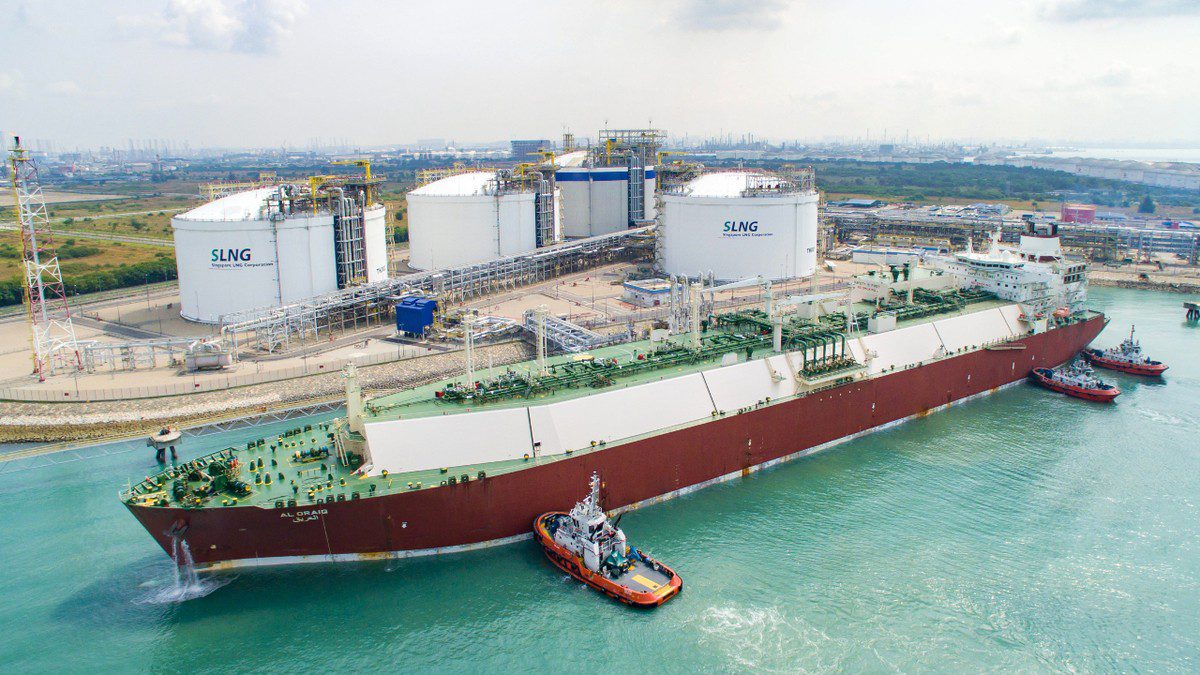Industry analyst Clarksons Research reported that the global gas market continues to grow, projecting that global liquefaction will double by 2028
In its latest LNG Trade & Transport annual report, Clarksons Research said Russia’s war in Ukraine has resulted in an intensified focus on energy security, putting the natural gas sector at the centre of world events and adding more momentum to an LNG shipping sector that was already in a significant expansion phase.
Clarksons has projected strong LNG trade growth of 5% in 2022 to 400MT, with tonne-mile growth expected at 3%.
“There are now 58 countries involved in the LNG trade and 308 active country-to-country trades,” Clarksons said.
European LNG imports are up nearly 50% year-on-year in H1 2022, with some US exports diverting to Europe rather than Asia and impacting average haul and tonne-mile figures.
In H1 2022, Final Investment Decisions (FID) on LNG projects totalled 31mtpa with notable increases in sale and purchase agreements.
The overall LNG export programme suggests a doubling of the current 459mt of LNG export liquefaction capacity by 2028, with 165mtpa of export capacity now under construction and a further 293mtpa in FEED. There is also growing interest in FSRUs as countries without land-based terminals seek alternative gas supplies. Since the war in Ukraine began, 12 FSRUs have been secured by European customers.
Meanwhile, the worldwide LNG carrier (LNGC) fleet has reached 691 vessels (621 of which are over 100,000 m3 in capacity) with a total capacity of 103.8M m3, and 60% of capacity now owned by independent shipping companies. The same figures from a decade ago show a rough doubling in both number of vessels and capacity, with 362 vessels and 51.9M m3 across the world’s LNGC fleet. In 2022 and 2023 alone, Clarksons projects an increase of 3.8% and 4.6% for LNGC fleet size and capacity, respectively.
As of mid-july, the newbuild LNGC orderbook stands at 104 vessels and 17.4M m3, at a total cost of US$22Bn. The 104-vessel figure includes an estimated 30 vessels that are part of Qatar’s much publicised newbuilding programme which could see up to 100 new LNGCs contracted.
Clarksons noted that overall contracting for LNGC vessels is largely project-driven ahead of the significant volume of liquefaction capacity set to come online in 2025-26. Firm term charter rates (one-year rate) for a 160,000 m3 dual-fuel vessel stood at US$130,/day in mid-July, with the H1 2022 average up 56% year-on‑year. Spot rates are more volatile and prone to impacts from market disruptions such as the recent fire at the Freeport LNG facility in Texas in the US.
At current projections Clarksons expects the LNG trade to reach ~620MT by 2030 (up ~40mt on prior estimates), supported by energy transition dynamics (LNG as a bridging fuel), firm Asian demand growth, liquefaction capacity expansion and a push towards energy security and a reduced reliance for Europe on Russian pipeline gas, with potential requirements for ~US$99Bn of newbuild investment across 2023-30.






